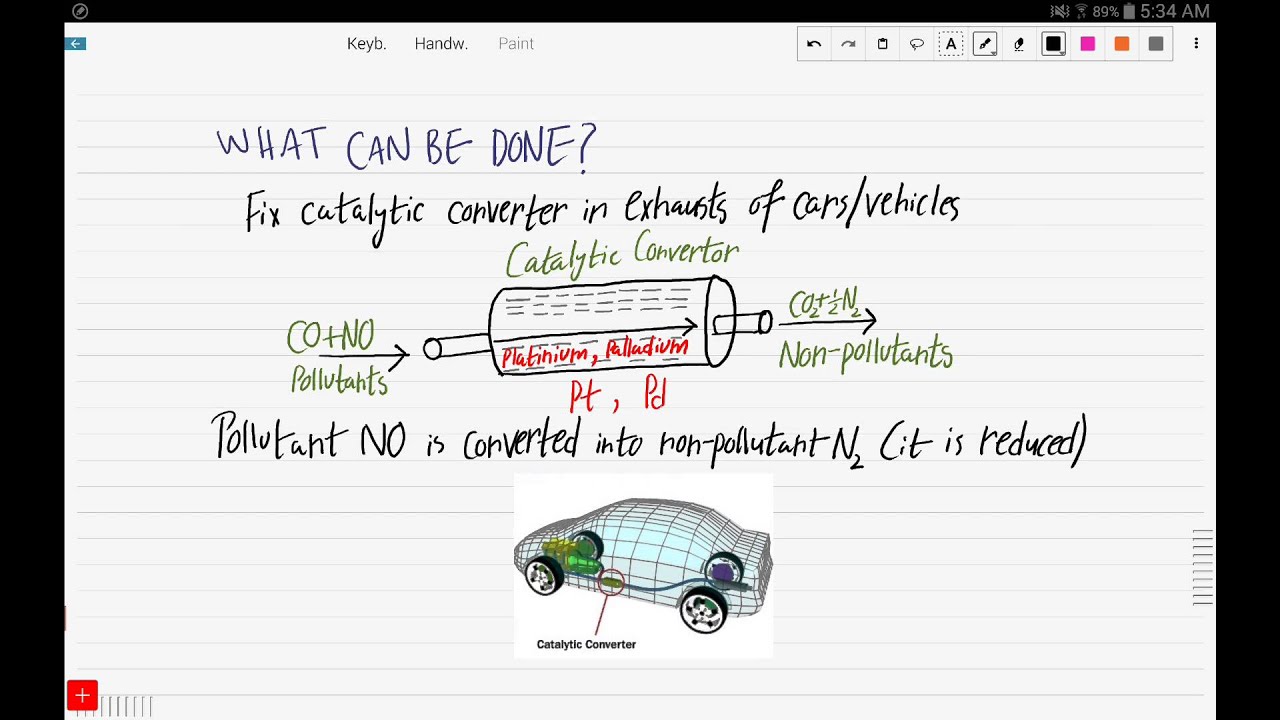How is NO2 Formed in a Car Engine?
Nitrogen dioxide (NO2) is a toxic gas that is emitted from car engines. It is a major contributor to air pollution and can cause a variety of health problems, including respiratory problems, heart disease, and cancer.
NO2 is formed when nitrogen and oxygen in the air react at high temperatures. This reaction is most common in the combustion chambers of car engines, where the air-fuel mixture is ignited by a spark plug. The high temperatures and pressures in the combustion chamber cause the nitrogen and oxygen to react, forming NO2.
The amount of NO2 that is emitted from a car engine depends on a number of factors, including the engine’s design, the type of fuel that is being used, and the driving conditions. Diesel engines typically emit more NO2 than gasoline engines, and vehicles that are driven in stop-and-go traffic or at high speeds tend to emit more NO2 than vehicles that are driven in steady-state conditions.
There are a number of ways to reduce the amount of NO2 that is emitted from car engines. One way is to use a catalytic converter. A catalytic converter is a device that is installed in the exhaust system of a car. It contains a catalyst, which is a substance that helps to speed up chemical reactions. The catalyst in a catalytic converter helps to convert NO2 into nitrogen and oxygen, which are harmless gases.
Another way to reduce the amount of NO2 that is emitted from car engines is to use a diesel particulate filter (DPF). A DPF is a device that is installed in the exhaust system of a diesel engine. It traps soot particles, which are small particles of carbon that are emitted from diesel engines. Soot particles can contain NO2, so by trapping soot particles, a DPF can help to reduce the amount of NO2 that is emitted from a diesel engine.
Finally, the way that a car is driven can also affect the amount of NO2 that is emitted. Driving in stop-and-go traffic or at high speeds can cause an engine to emit more NO2 than driving in steady-state conditions. By avoiding stop-and-go traffic and by driving at a moderate speed, it is possible to reduce the amount of NO2 that is emitted from a car engine.
**Conclusion**
NO2 is a toxic gas that is emitted from car engines. It is a major contributor to air pollution and can cause a variety of health problems. There are a number of ways to reduce the amount of NO2 that is emitted from car engines, including using a catalytic converter, using a diesel particulate filter, and driving in a way that minimizes emissions.
**Additional Information**
* The Environmental Protection Agency (EPA) has a number of resources available on NO2 and air pollution.
* The American Lung Association also has a number of resources available on NO2 and air pollution.
* The California Air Resources Board (CARB) has a number of resources available on NO2 and air pollution.
* The World Health Organization (WHO) has a number of resources available on NO2 and air pollution.






